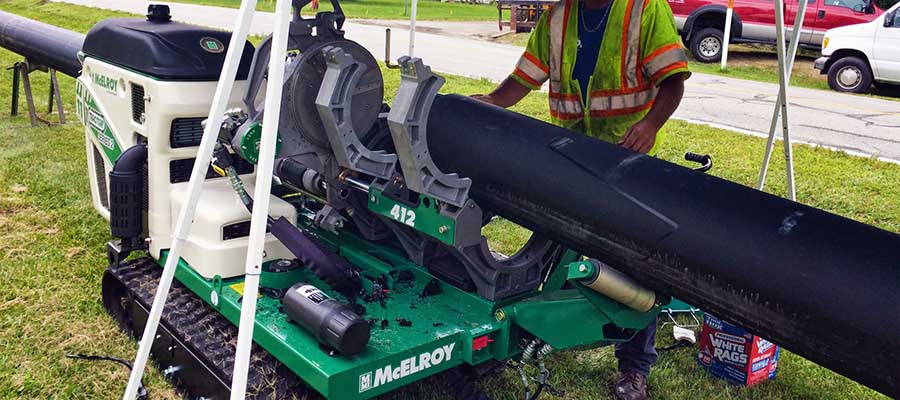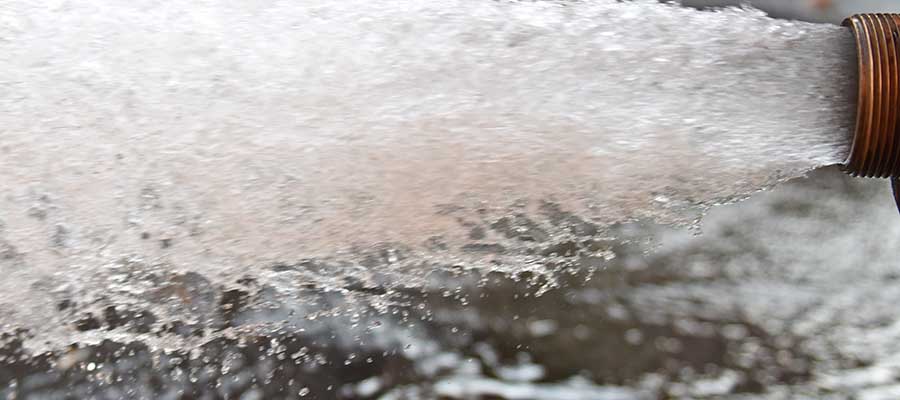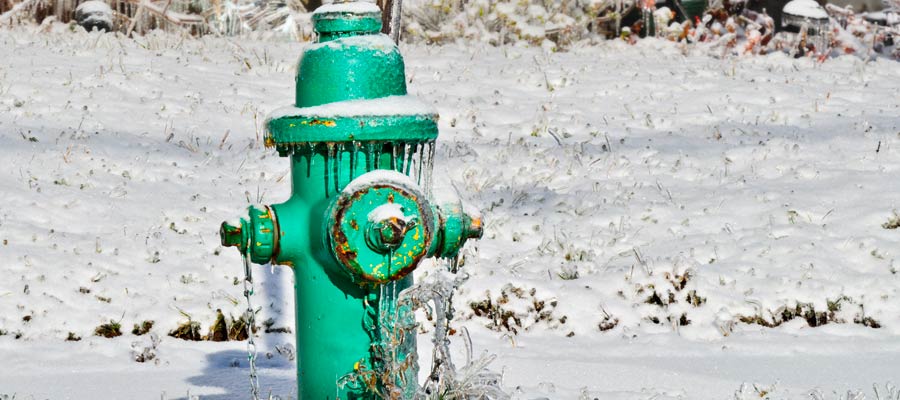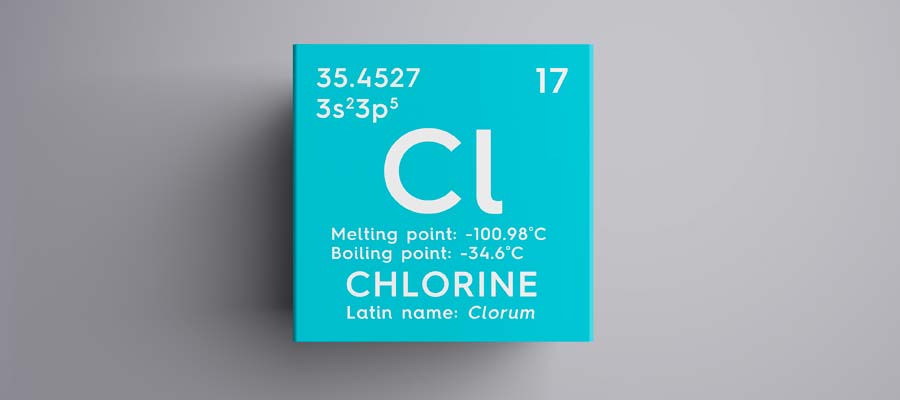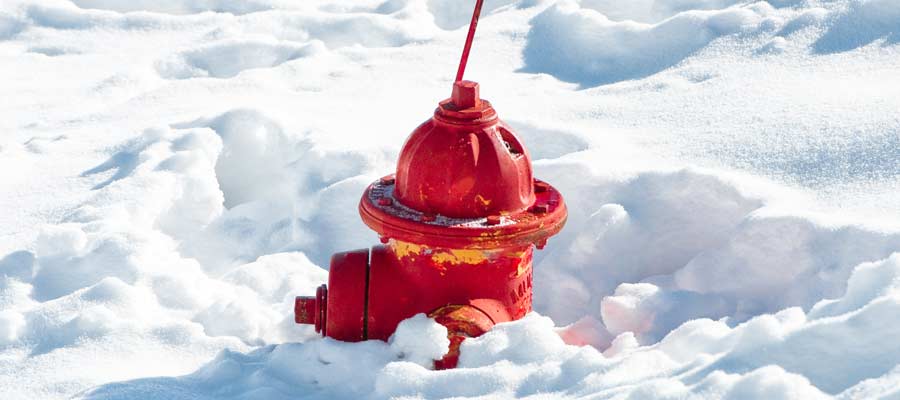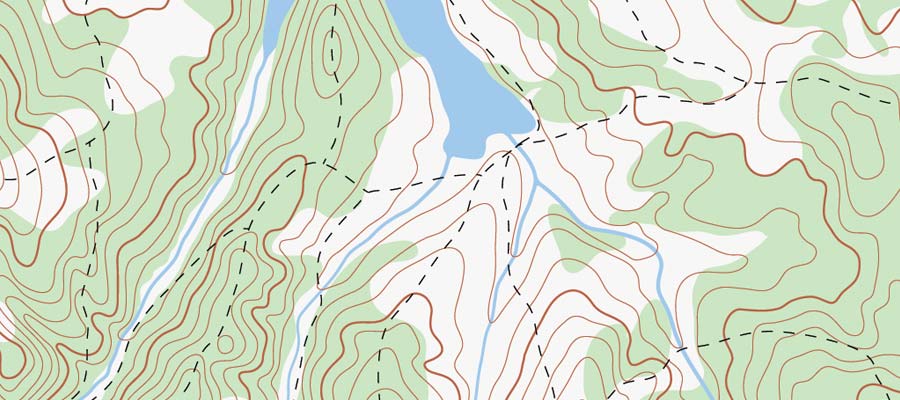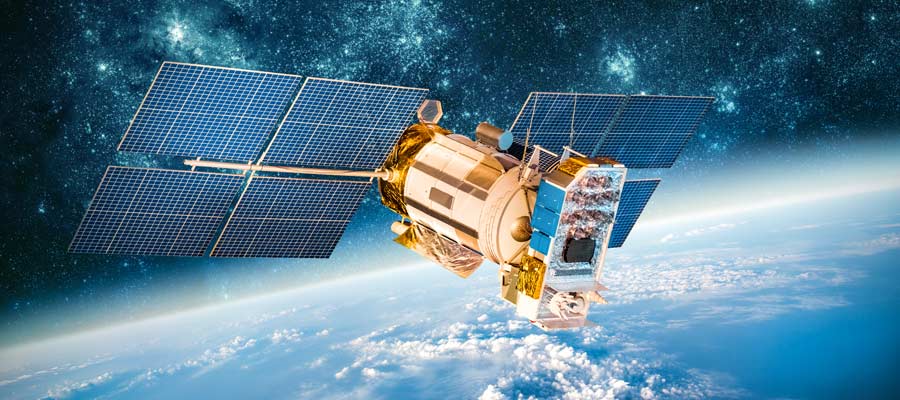When you need to join pipes, there are a few different ways to go about it. You can add a coupling, use an electrofusion fitting or use butt fusion to create one long, strong pipeline. But properly butt fusing pipes can be a challenging process. Fortunately, Team EJP is here to help you succeed. Here's a quick overview on how to use this strong, dynamic technique to get the job done, whether it's with your crew or ours.
When it comes to keeping on top of system maintenance, hydrant flow testing is an important part of your routine. As an indicator of everyday operations as well as meeting emergency firefighting needs, staying on top of your hydrant flow testing is vital to ensure your customers have the water they need when it's needed most. Here's a quick look at the testing process as well as how to stay on top of the maintenance when you have more pressing matters on your to-do list.
When it comes to draining driveways or outdoor areas, trench drain provides an excellent option to remove excess water from an area. However, it's one option that many of our customers aren't aware of. Here's a quick overview of the technology, where it's best applied and the installation process that's involved in adding it to your system.
With winter having set in, fire hydrant freezing is a serious problem for any water utility. But when it's your hydrants that are frozen, it changes from being an inconvenience for your customers to a potentially life-threatening situation if a fire breaks out. However, when you need to thaw those hydrants, you need to use the right techniques to ensure it's being done safely and in a fashion that will not damage your hydrant. Here's how to make it happen:
Water line chlorination and de-chlorination is a part of relatively common operations, but can still be a pain to work into the schedule. Fortunately, you have alternatives that still have your lines treated properly and in a timely manner. Team EJP has put together a great program to help you manage your line chlorination and de-chlorination process. Here are the details.
As digitization marches forward, one way to modernize your water utility is by adding Trimble systems to your available tools. More than simple location services, Trimble Unity can help save your water utility's wasted time in the field and money in the budget. Here's a quick look at how their system helps you make this happen.
Blowing snow, snow banks, limited daylight - all these winter issues makes it harder for people to see your hydrants. Whether it's emergency responders, city maintenance or the general public, hydrants are often in the path of damage when roads are slippery or deep with snow. This means your crews will need to be out in the cold making repairs at a time when the temperatures and conditions can lead to crew accidents. Since you can't avoid the winter, how do you avoid the related problems that occur?
Does your water utility react to hydrant issues or are you proactive in creating a hydrant inspection and maintenance program? If you don't have a system in place already, you're not alone. Unfortunately, water utilities who fall behind in inspecting and maintaining hydrants often find out about the problem when a fire breaks out, costing homes and sometimes lives. Instead of having to play catch-up to poorly maintained hydrants, here's a quick look at how to inspect and maintain your water utility's hydrants.
Imagine your crew is looking for a break in a water line or a water meter in a busy downtown area. They could spend significant amounts of time trying to locate these locations, trying to figure out where those areas should be. But what if your crew could simply look up the exact location, go directly to it and get to work immediately? That's the convenience and productivity that Trimble GIS options can bring to your water utility. Here are some more details to help get you started.
GPS, GNSS, GIS: there are a whole range of acronyms used today to summarize satellite-based positioning systems. However, these systems are only as good as their accuracy and ease of use. Fortunately, as this technology has been developing over the past few decades, it's become more accurate and less expensive than in the past. But how important is accuracy? Should you invest in new equipment or stay with what you have? Here's a quick overview of how these systems work and why it's a great time to explore new aspects of this technology.
